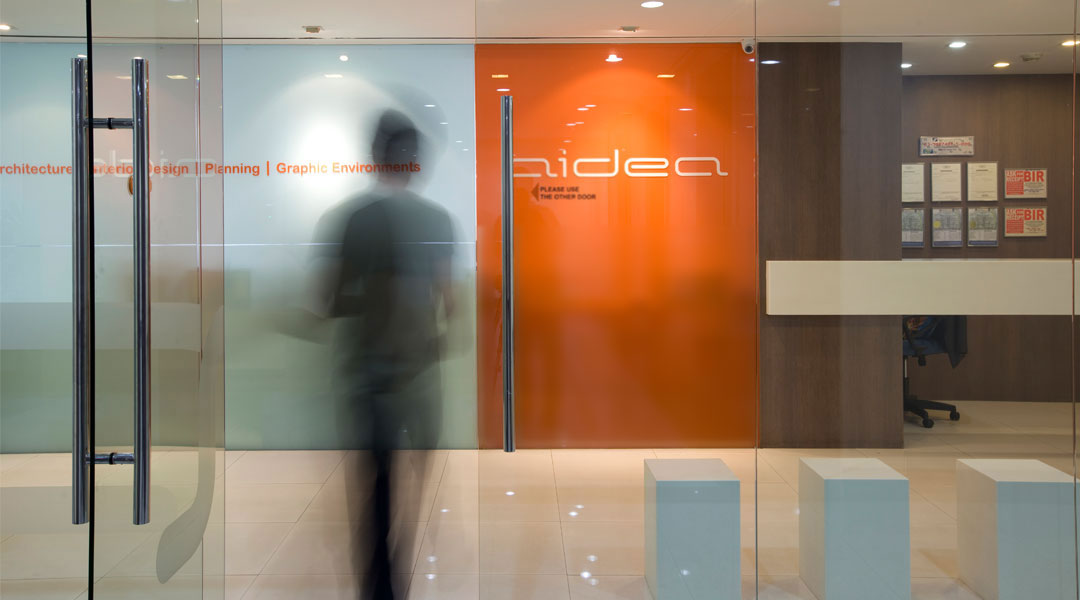
Tech and segmentation bolster operations in AIDEA Philippines
There’s a point in every architect’s career where they begin to envision operating their own design firms, one that would compete globally with celebrated international firms. “I remember when I was a young architect, I dreamt of things that I’m sure they’re dreaming of now,” says Ar. Abelardo “Jojo” Tolentino Jr., the President and CEO of AIDEA Philippines Inc.
After 15 years of practice, AIDEA Philippines is now considered one of the titan firms of Philippine architecture. The firm is recognized globally, ranking 86th in the Building Design (BD) World Architecture 2010 Top 100 Architects—an achievement made more impressive by the fact that AIDEA is composed of an all-Filipino staff. Located at the Ayala Life FGU Center in Makati City, the AIDEA office occupies the entire 30th floor of the tower and has begun expansion in the floor below. The firm has around 150-200 employees composed of architects, interior designers, engineers, graphic artists, planners and software developers.
READ MORE: T3 Architects’ ‘office’ in a garden in Ho Chi Minh City
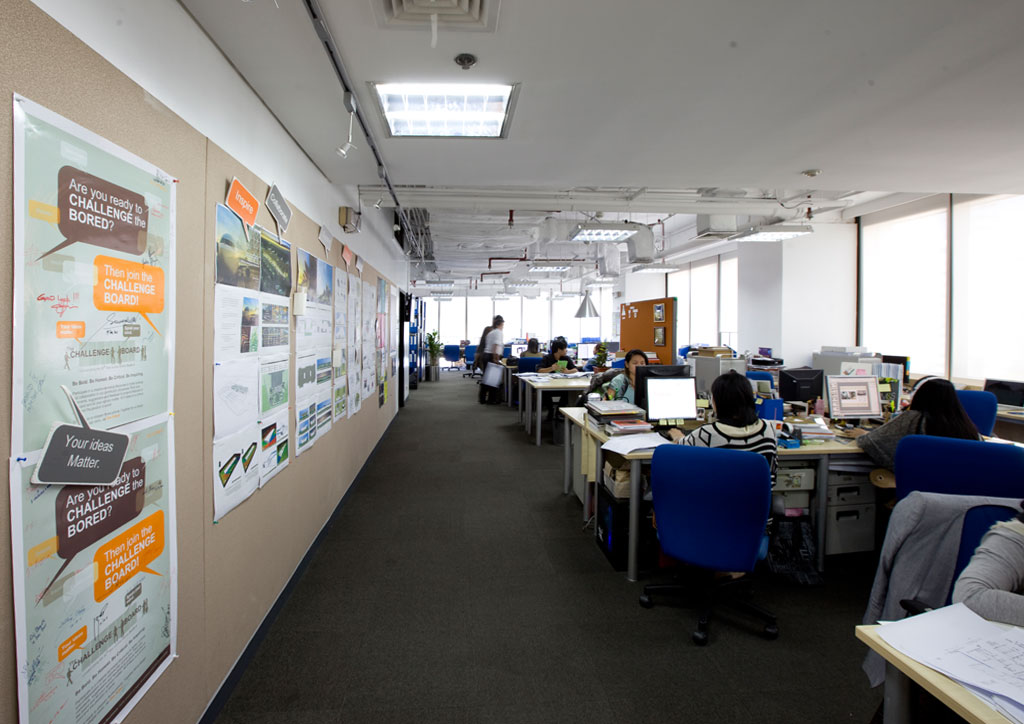
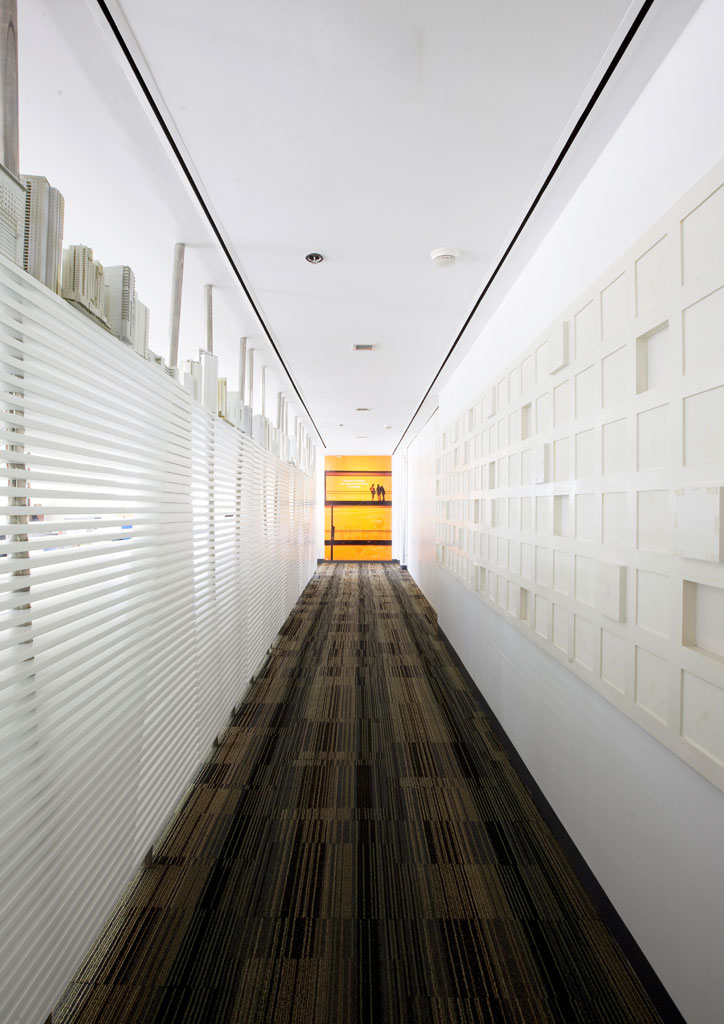
Since 1998, AIDEA Philippines has been under the leadership of Tolentino, an alumnus of the University of Santo Tomas who first worked in two small local firms, E.L. Mariano and Villalon Architects, which gave him the opportunity to experience working in a studio-type practice. He then moved to Hong Kong in 1990, where he worked for firms like John Lei Architects Ltd. and Helmut/Obata/Kasabum (HOK), as Senior Architect and Associate, respectively. He described the corporate system in HOK as being very structured with plenty of layers in terms of decision-making and procedures, something that he would eventually implement in AIDEA.
Tolentino returned home in 1998 after being hired as Managing Director of RMJM Philippines. In 2003, RMJM Philippines was acquired by Tolentino and re-branded as AIDEA Philippines Inc. He shared that when they started, they only had 30 people in three studios, a far cry from the 180 people working for the firm today. At the start, Tolentino was challenged to sustain the company without the foreign backing from RMJM, and they eventually regained their footing thanks to their projects in the Middle East.
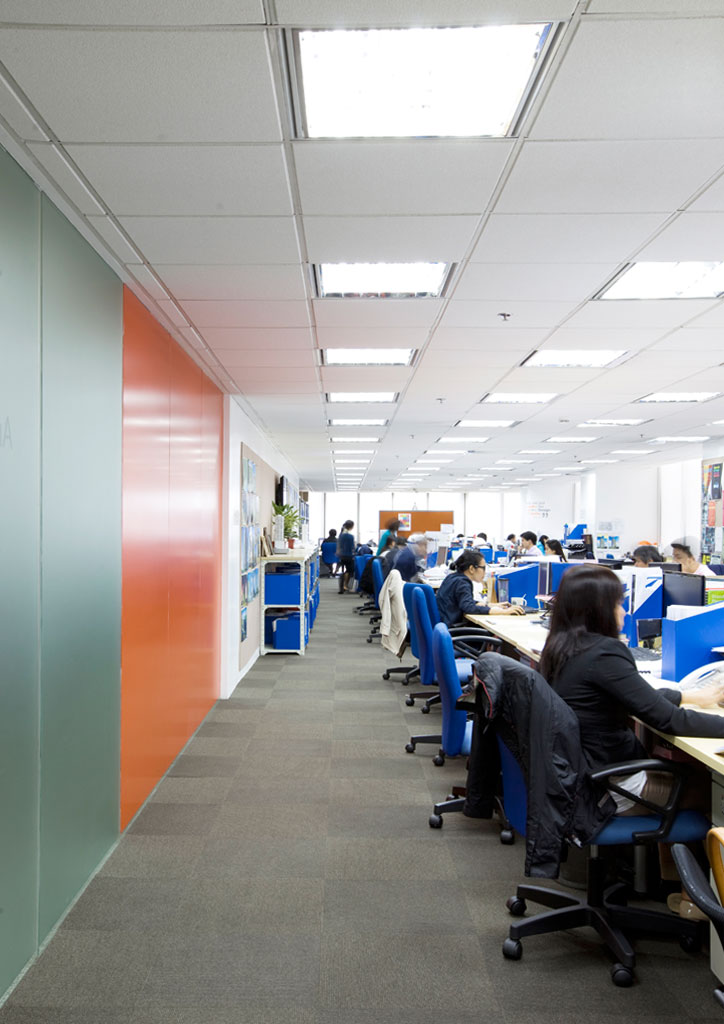
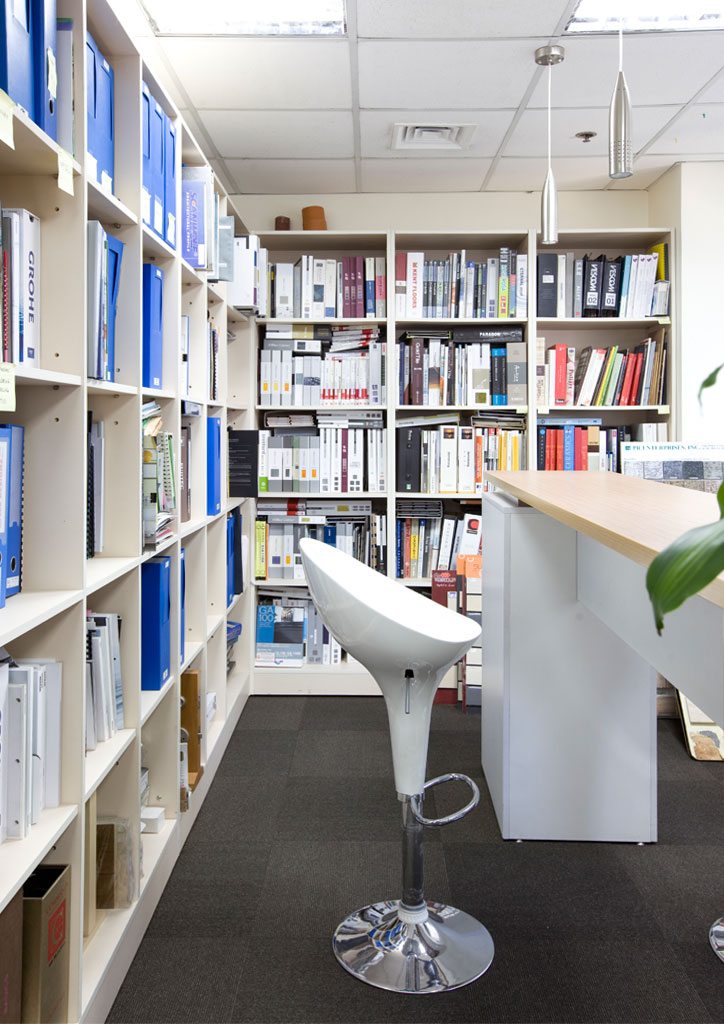
Tolentino needed to rebrand RMJM because it is no longer tailored to fit their new agenda. The firm collectively agreed that AIDEA Philippines wants to lead, to inspire and become international, believing that the Philippines should not be their only market. Furthermore, Tolentino believes that having an all-Filipino firm will not be a hindrance to global growth and competence.
One of the changes initiated by Tolentino was dividing the firm’s design arm structure into several studios, one of which is dedicated to international projects. Each studio functions like a small design firm, where the studio head is principal. Tolentino believes this to be the most efficient and sustainable setup for operations, as well as producing well-rounded architects with a complete set of skills. As a fellow practitioner, I couldn’t agree more. We established that “true blooded” architects are trained this way.
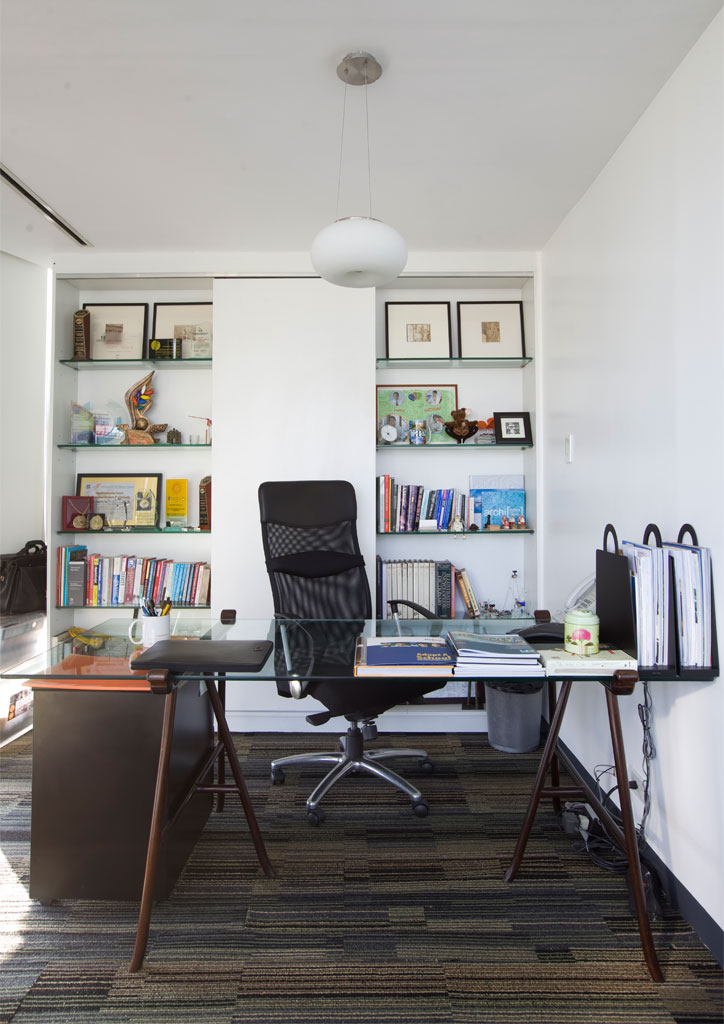
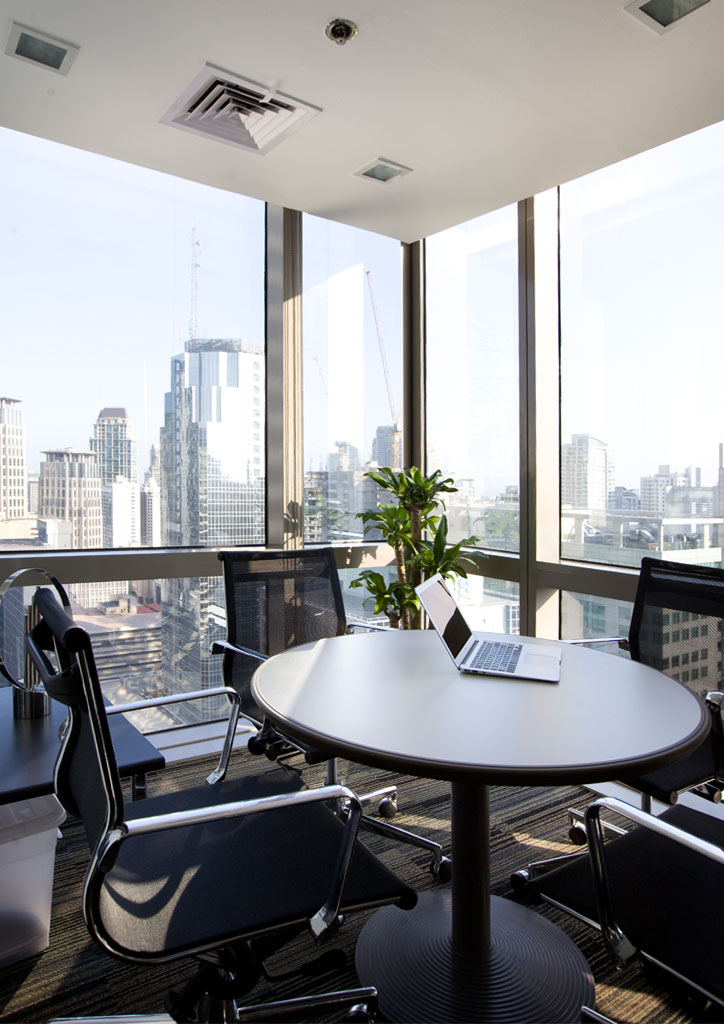
Tolentino says that they do not limit themselves to a particular style or signature look but they do have a consistent design process. “We believe that every project is unique and every client has their own unique set of requirements. Our process is geared towards that,” he says. He refers to this as the “envisioning phase,” or the creative brief as opposed to the quantitative brief often provided by clients.
The process involves careful analysis and synthesis of wants, needs and aspirations of the client, creating a new set of guidelines from a designer’s perspective. Ideas that were not considered at first, or are not seen as important, are also pitched to clients. While it seems that AIDEA spends a hefty amount of time on this phase, it is a necessary step in defining the problem as early as possible, making the following phases easier for the team.
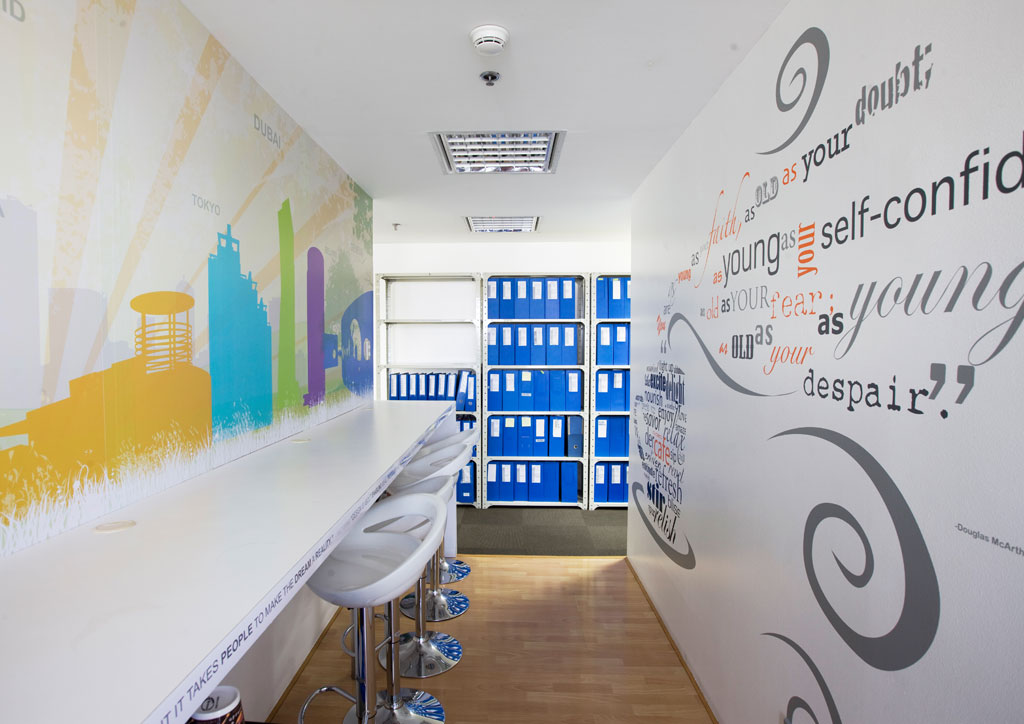
One of the impressive features of the AIDEA office is their love for technology. Tolentino emphasizes that training their people well is a priority, and one approach is to provide them with a strong support system.
From pioneering the local use of Building Information Modelling (BIM) software to modeling with state-of-the-art 3D printers, AIDEA has their own team of computer programmers that develop their own software and create technology that adjusts to their work culture. Their computers even give random examinations, complete with a checking system, to keep everyone on their toes and in best shape. The results are displayed and become part of the HR evaluations.
READ MORE: A+ Design Group co-creates with Virtual Design and Construction
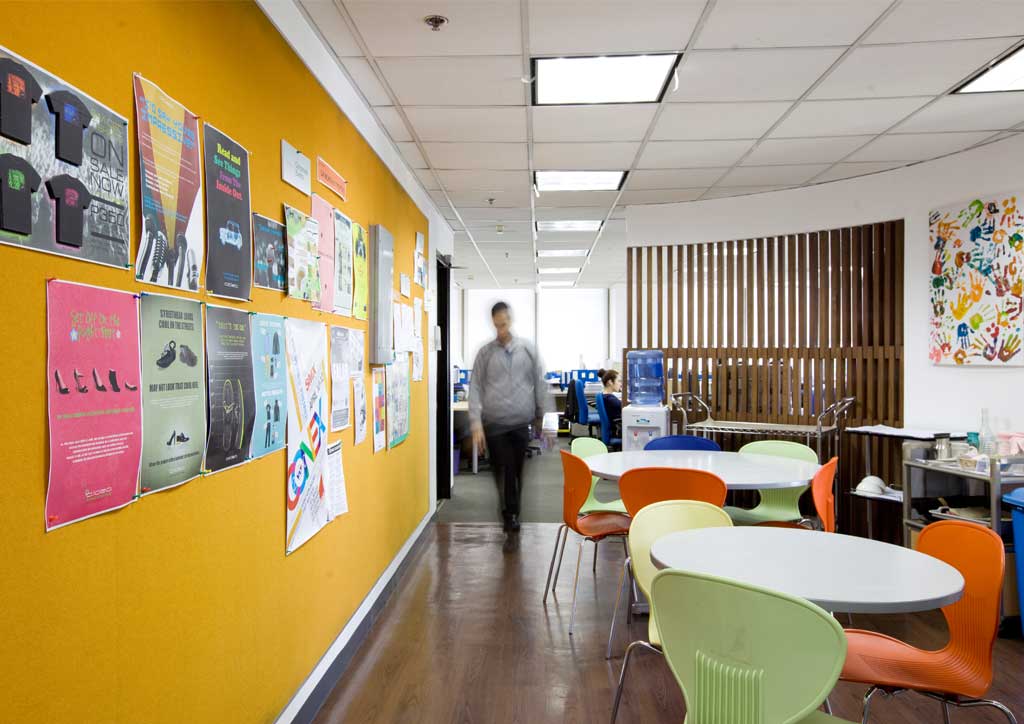
“There’s no secret to it, actually,” says Tolentino when asked about his secret to successfully operating a big firm.
“You simply need to trust your leaders, trust your people, find people who want to help grow the business and empower them. Not seeing them as future competitors but allies. Institutionalize all the systems, such that new leaders can understand and value how the office is run. Give them a future and they will give back. I believe that’s the only way to grow and manage a big firm.”
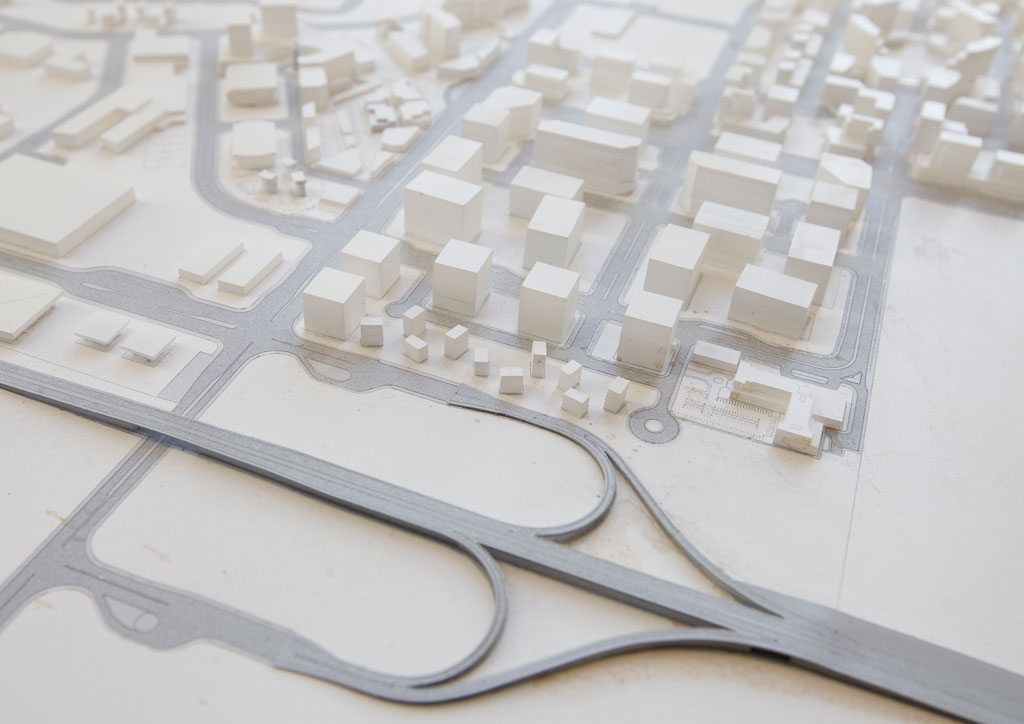
AIDEA Philippines Inc. and its leaders strive to be known as a firm that delivers good quality work, and worry more about their work than how they are perceived. Although many things have changed in AIDEA throughout the years, Tolentino says he is still the same young architect that dreamt of practicing in the Philippines, living the same lifestyle and possessing the same dedication to architecture. The only thing that keeps changing is his vision, which becomes more far-reaching by the minute. AIDEA has big plans for the future, and who better to propel them than their trusted visionary leader. ![]()
This article first appeared in BluPrint Vol 3 2014. Edits were made for Bluprint.ph.


